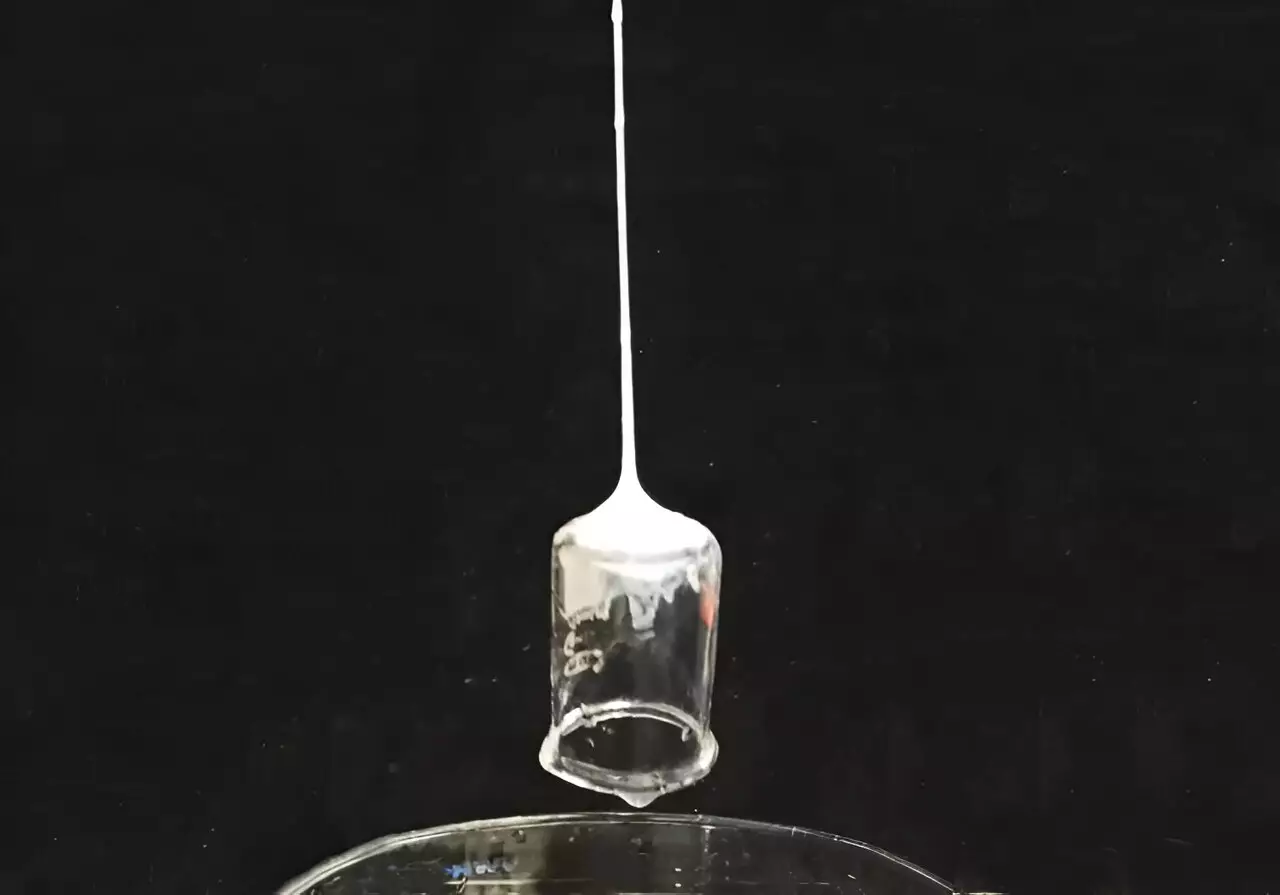The allure of superheroes has captivated the imaginations of children and adults alike, prompting the dream of swinging through city streets like Spider-Man, ensnaring foes with webbing formed from one’s wrists. In a remarkable confluence of creativity and science, researchers at Tufts University have turned that fantasy into reality with groundbreaking web-slinging technology. Their findings, published in *Advanced Functional Materials*, delve into the fascinating world of silk-based materials that can be used to create strong, adhesive fibers capable of picking up heavy objects.
At the heart of this innovative technology lies the remarkable silk produced by various insects, particularly moths. The Silklab at Tufts University has tapped into this natural resource by processing silk moth cocoons and breaking them down into fibroin, a silk protein. By boiling these cocoons in a solution, researchers create a silk fibroin solution. This fluid can then be extruded through small needles to form a semi-solid stream that rapidly solidifies into strong fibers upon contact with air.
The versatility of silk is evident in its natural functions—produced by numerous insects such as spiders, ants, and even flies, silk plays an essential role in their lifecycle, from building webs to constructing protective cocoons. In addition to web-slinging, silk has found applications ranging from powerful underwater glues to printable sensors, edible coatings that prolong the freshness of fruits, and even novel techniques in sustainable microchip production.
An unexpected breakthrough in replicating spider silk’s unique properties arose from an incidental observation made by research assistant professor Marco Lo Presti. While cleaning laboratory glassware with acetone, he noted the spontaneous formation of a web-like material at the bottom of the container. This unintentional discovery proved to be critical for addressing the engineering challenges involved in mimicking spider silks’ multifaceted characteristics, such as their strength and adhesion.
By introducing dopamine into the silk fibroin solution, researchers facilitated near-instant solidification, which significantly enhanced the fibers’ tensile strength and stickiness. Dopamine, known for its adhesive properties similar to those used by barnacles, plays a vital role in transitioning the silk solution from a liquid to a solid state almost instantaneously when exposed to certain organic solvents.
Once the fiber production methods were refined, the next challenge was to maximize the utility of these silk fibers. By employing a coaxial needle technique wherein the silk fibroin solution is encircled with acetone, researchers created a dynamic environment that forced the silk to solidify in mid-air. The versatility of the technology allows fibers to vary in diameter—anywhere from the thickness of a human hair to half a millimeter—depending on the configuration of the needle used.
The resulting fibers displayed astounding performance capabilities, able to lift objects over 80 times their weight under varying conditions. Demonstrations included lifting items like laboratory tubes, steel bolts, and even wood blocks, showcasing the product’s robust applicability in diverse fields ranging from medicine to construction.
While natural spider silk remains far stronger—approximately 1,000 times more so than the man-made fibers created in this study—researchers at Tufts perceive their work as a innovative blend of nature’s inspiration and the proverbial superhero fantasy. Professor Fiorenzo Omenetto captures the essence of this endeavor by emphasizing that the intersection of imagination and engineering is where true innovation thrives. This work is not merely about replicating what exists in nature but expanding upon it, giving rise to technologies that are imaginative and effective.
The creation of a web-slinging device that draws inspiration from the worlds of nature and fiction epitomizes the spirit of curiosity and innovation that drives scientific exploration. As researchers continue to push the boundaries of silk-based technology, the future holds promising applications ranging from advanced adhesives to sustainable manufacturing processes. Through imagination and engineering prowess, what began as a childhood dream of swinging through the skies may soon evolve into transformative technological advancements that reshape our interaction with the world around us.

